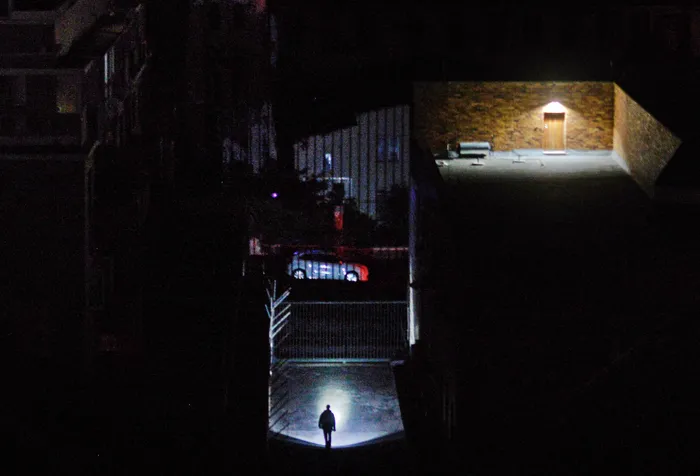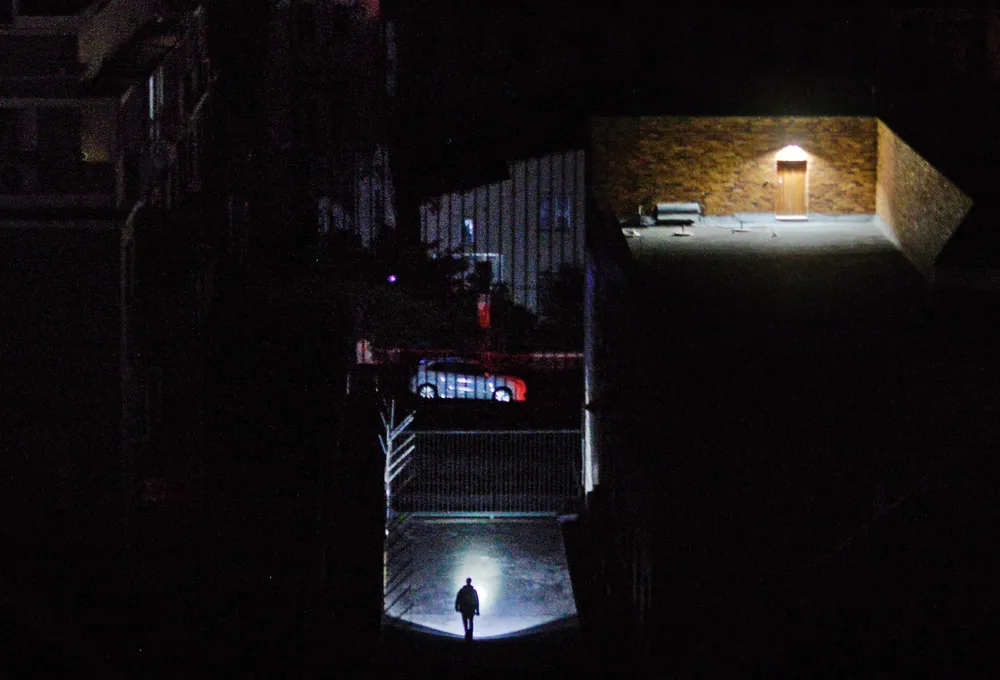At the heart of darkness: Gatvol South Africans ditch Eskom for alternative energy

Parts of the country have been plunged into darkness with companies and home owners forced to use alternative source of energy to power up. Picture: Armand Hough/African News Agency(ANA)
Frankly speaking, South Africans are seemingly over anything on Eskom and are in desperate need of change.
The energy crisis in the country has finally reached boiling point as many communities find themselves powerless.
This pun is very much intended..
Not only are households powerless and struggling to carry-out day to day activities, but the management at Eskom also appears powerless.
This comes as Eskom on Tuesday abruptly announced that the country would be moving up to stage 6 of load shedding.
While stage 6 is no new phenomenon, energy experts and analysts say the power utility needs to move with speed to effect changes in order to avoid the collapse of the power system that could plunge the country into a further crisis.

Take the sentiments shared by Trevor Ngwane for instance.
Ngwane, the Director of the Centre for Sociological Research and Practice at the University of Johannesburg maintains that the answer lies in renewable energy and that Eskom would have to fast-track the process to avoid more dark days.
Energy expert Ted Blom, on the other hand, suggests that there be an immediate reform in the leadership structure led by CEO Andre De Ruyter and that the government will have to appoint someone with in-depth knowledge and understanding of Eskom.
According to Blom, people who can fix Eskom are those that carry a wealth of knowledge and experience in the energy sector and would need not waste time in resolving some of the challenges that grip Eskom.
Ngwane asserts that Mineral Resources and Energy Minister Gwede Mantashe has moved rather slowly in rolling out renewable energy in the country – a discussion that the government has held on several occasions and a new path that many South Africans are now eager to explore.
“The major problem is that Minister Mantashe and his team are moving slowly to get renewable energy. Clearly, since the Ukraine invasion by Russia, capitalist countries are moving towards renewable energy. Mantashe must move quickly in this regard. The coal-fired power plants, which we have, we have seen in Durban the consequences of climate change,” Ngwane says.
He also points out that South African is the biggest emitter in Africa and yet, Mantashe insists that the country continue burning coal.
Ngwane also also believes that President Cyril Ramaphosa must channel more funds into renewable energy and that investments ought to be prioritised in indigent areas. He says many people in these communities suffer during bouts of load shedding, while on a number of occasions they are faced with problems of poor infrastructure – such as transformers that explode due to overloading of the system in densely populated communities.
“When a transformer explodes in a township, it takes Eskom a few weeks to fix it unlike in the suburbs.”
At the University of Johannesburg, Ngwane is also quick to point out that the University of Johannesburg has since compiled and published a report titled “energy racism”, which shows that the poor black working class bears the brunt of the country’s electricity crisis.
He adds: “With things like cable theft it takes three to five weeks in the townships for Eskom to replace it. In Umhlanga, Sandton and Constantia, it is replaced within a day. There must be massive redistribution of resources so that the poor don’t suffer.”
Further reflecting on Eskom, Blom notes that challenges at the power utility could have been fixed if the organisation kept its promises of refurbishing the power plants.
He further laments the exodus of integral staff members at the power utility and adds that the company would need to get people with experience to fix Eskom.
While countless South Africans ponder on whether the government and Eskom should at all be entertaining a leadership deficit, at a press briefing held on the same day, Public Enterprises Minister Pravin Gordhan indicated there is a huge demand for electricity owing to the winter season.
“What are the facts? The facts are that given the winter season the demand of Eskom megawatts is 32 000. Secondly, what Eskom is normally capable of delivering is somewhere around 28 000 to 30 000MW under normal circumstances,” Gordhan told the media.
He attributed the decision to move the country to stage 6 to the industrial action that kicked off on June 22.
“What Level 6 means is that 6 000MW cannot be supplied by Eskom. Where during winter, for example today or yesterday, the demand is about 32 000 MW Eskom will not be able to supply that 32 000. It will be able to supply 6 000 less than 32 0000.
He adds: “It doesn’t mean the whole country gets into a blackout. What it means is that on a rotational basis, each municipality that manages load shedding in that municipality or in areas where Eskom manages load shedding, you will have 2, 3 or 4 hours of load shedding depending on the circumstances in a particular area.”
Gordhan has, however, denied that the country could be plunged into a complete blackout during stage 6.
“How far are we from a total blackout? We are nowhere near a total blackout. Remember, a total blackout occurs when the transmission grid completely collapses as it did in California or to an extent in Texas last year. We are not in that position as we have repeatedly said. The precise purpose of load shedding and the stages of load shedding is to ensure the integrity and stability of the transmission grid,” he says.
Gordhan hastened to say the issue of energy availability plays an integral role in discussions on electricity and that under normal circumstances, the energy availability factor should be between 75 percent and 80 percent. However, he says in the case of South Africa, the reason it is low is due to the ageing power plants and the historical negligence of maintenance.

“Some levels of inexperience among operational staff are now attended to and special efforts put into that particular area. There should be some improvement. We might not get to 75 percent, but that is a matter under constant review between the Department of Public Enterprises as a shareholder and the Eskom management team and the board over a period of time,” says Gordhan.
While Eskom and unions have committed to going back to the negotiating table on Friday, one thing is clear – gatvol South Africans want change and want it now.
*Mkhwanazi is Current Affairs editor at African News Agency (ANA).
*This article is original to the The African. To republish, see terms and conditions.